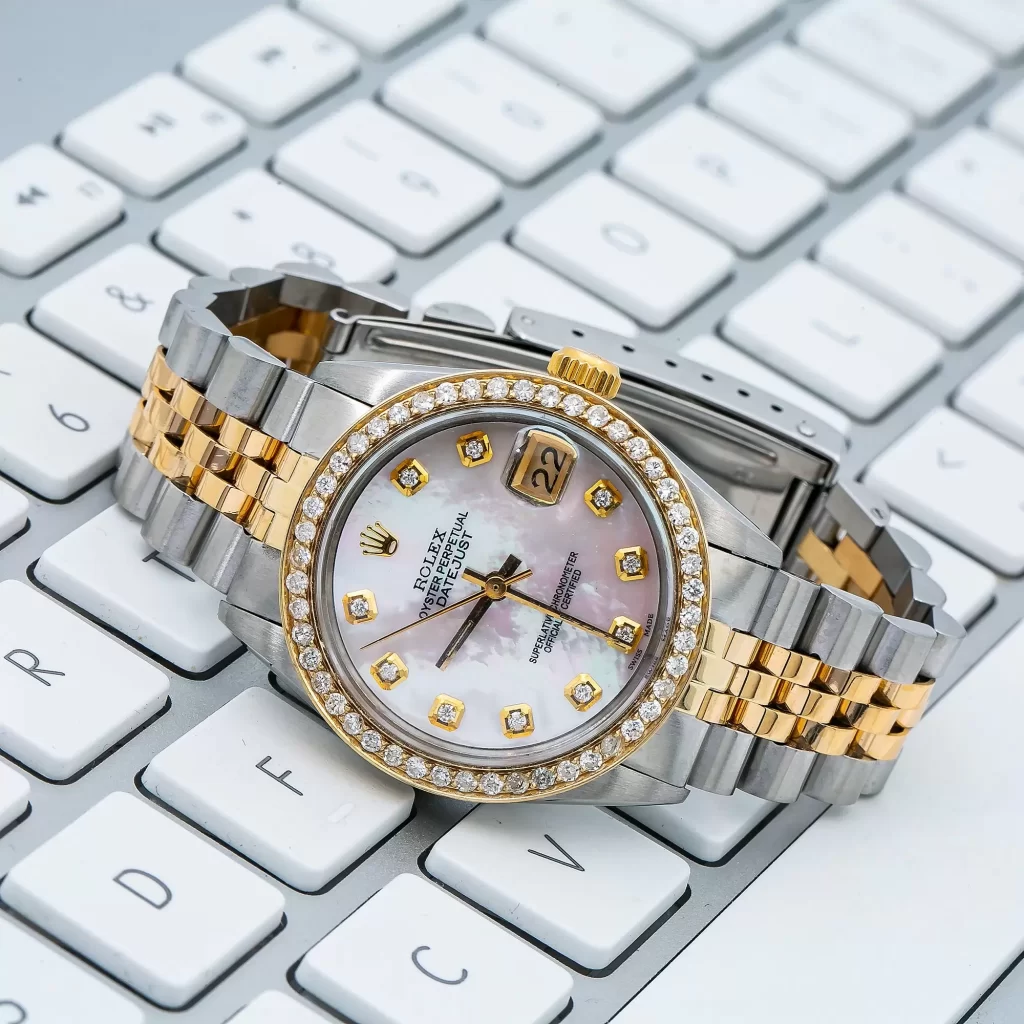What Should You Know Before Buying a Rolex GMT-Master II?
Among Rolex’s illustrious creations, few models capture the imagination quite like the GMT-Master II. It is not merely a tool watch-it’s a symbol of modern exploration, a bridge between eras, and an icon that evokes both jet-age romance and cutting-edge innovation. Collectors and first-time buyers alike are drawn to its storied heritage, timeless design, and enduring prestige. Yet behind its polished luster and recognizable bezel lies a complex lineage that every buyer should understand before taking the plunge.

The GMT-Master II owes its existence to the golden age of aviation. In the 1950s, as international air travel began to shrink the world, Pan American Airways turned to Rolex for a practical solution to a modern problem-how could pilots track two time zones at once while flying between continents? In 1954, Rolex delivered the answer: the GMT-Master. Its red-and-blue 24-hour bezel, soon dubbed “Pepsi,” allowed wearers to read both local and home time simultaneously. That seemingly simple innovation became a revolution on the wrist.
By 1983, the watch had evolved into the replica Rolex GMT-Master II, an updated model featuring an independently adjustable 24-hour hand. The debut reference, 16760-nicknamed the “Fat Lady” for its thicker case-marked the dawn of a new era. What began as an aviator’s instrument was now an emblem of sophistication, appearing on the wrists of movie stars, travelers, and collectors who saw in it not just utility, but adventure and elegance intertwined.

Over the decades, the GMT-Master II has become a cultural icon, a watch that transcends the cockpit. Whether peeking from beneath a tailored cuff or glinting in airport lounges, it whispers of destinations, discovery, and dreams.
A Tale of Two Bezels
One of the most defining-and debated-elements of the GMT-Master II is its bezel. For some, the aluminum bezels of vintage models are irreplaceable relics, each one aging uniquely over time. From 1983 until 2007, these lightweight bezels graced countless wrists, developing soft fades and weathered tones that collectors romanticize. Scratches, dents, and sun-faded colors tell stories of journeys taken-making each watch unmistakably personal.

Modern models, however, feature Cerachrom bezels-Rolex’s proprietary ceramic material introduced in 2005. Virtually impervious to scratches and fading, Cerachrom maintains its glossy perfection for decades. The trade-off? It will never develop the soulful patina of aluminum. This contrast between old and new encapsulates the GMT-Master II’s enduring charm: a tension between nostalgia and progress.
For buyers, this decision-vintage aluminum or modern ceramic-is not merely aesthetic; it’s philosophical. Do you want a watch that tells its story through timeworn color and texture, or one that remains eternally pristine?
Movements Through Time
Inside every Rolex beats a heart of precision. The GMT-Master II’s evolution can be traced through the calibers that have powered it.
The first generation, the Caliber 3085 of the 1980s, introduced the independent 24-hour hand-a technical milestone that separated the GMT-Master II from its predecessor. It was followed by the long-serving Caliber 3185, which refined reliability and became the standard for nearly two decades.
In 2007, the Caliber 3186 arrived, bringing Rolex’s blue Parachrom hairspring for better resistance to shocks and temperature changes-a detail appreciated by those who cross time zones as often as climates. Today, the modern GMT-Master II runs on the Caliber 3285, an engine of remarkable efficiency thanks to Rolex’s patented Chronergy escapement. With a 70-hour power reserve and COSC-certified precision, it represents the culmination of decades of mechanical evolution.
Each movement tells part of the GMT’s story-from pioneering functionality to modern mastery.

Colors, Nicknames, and Collector Legends
No discussion of the GMT-Master II would be complete without its famous nicknames. Collectors have long christened bezel variations with playful, soda-inspired monikers. The “Pepsi” remains the classic red-and-blue icon, a nod to the original 1950s model. The “Coke,” with its red-and-black contrast, evokes vintage charm and neo-vintage boldness. The luxurious brown-and-gold “Rootbeer” glows with retro warmth, while the black-and-blue “Batman,” introduced in 2013, brought a modern edge to the lineup.
Recent years have added new characters to the cast-the “Sprite,” a left-handed model in green and black launched in 2022, and the “Bruce Wayne,” a sleek black-and-gray variant that arrived in 2025, symbolizing restrained elegance. Each colorway tells its own story, embodying different moods: adventure, refinement, rebellion, or nostalgia.
Bracelet Evolution
Rolex understands that a fake watch’s bracelet is as much about comfort as character. Early GMT-Master II models were fitted with hollow links that lent them a light, flexible feel-beloved by purists for their vintage charm, though less robust than modern designs. In contrast, contemporary bracelets feature solid end links and center links, offering greater durability and a satisfying weight on the wrist.
Buyers today can choose between the sporty three-link Oyster bracelet or the dressier five-link Jubilee, each equipped with Rolex’s advanced clasp systems such as the Oysterlock and Easylink extension, ensuring both security and effortless adjustment. This evolution mirrors the GMT-Master II’s journey-from pilot’s tool to polished luxury companion.
To buy a Rolex GMT-Master II is to join a story more than seventy years in the making-a story written across continents and time zones. Whether you’re drawn to the faded charm of an aluminum bezel or the unyielding gleam of ceramic, to the vintage hum of a Caliber 3085 or the precision of a Caliber 3285, the GMT-Master II rewards knowledge and passion in equal measure.
Understanding its history, variations, and hidden details allows you to choose not just a watch, but a companion for life’s journeys-past, present, and those yet to come.